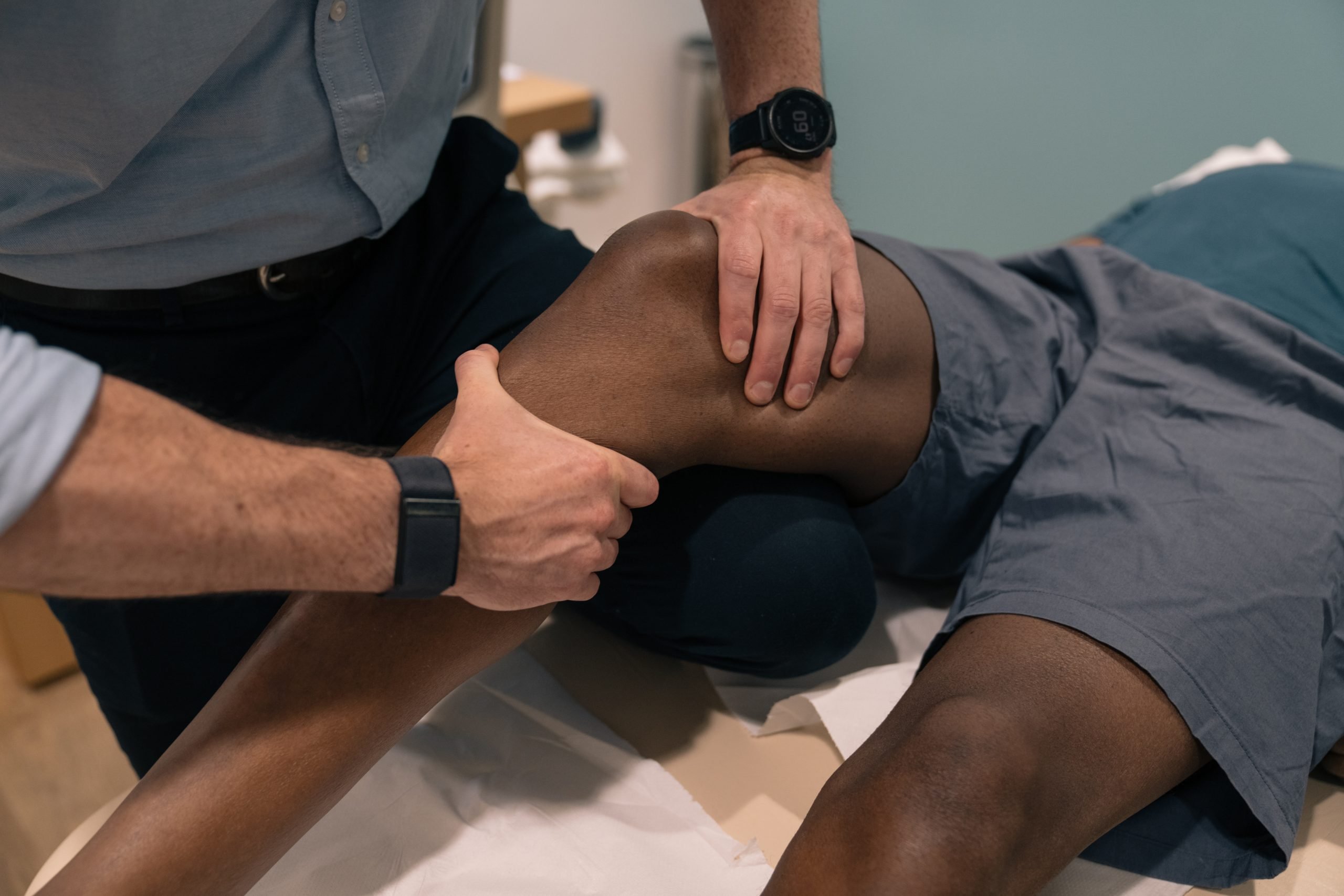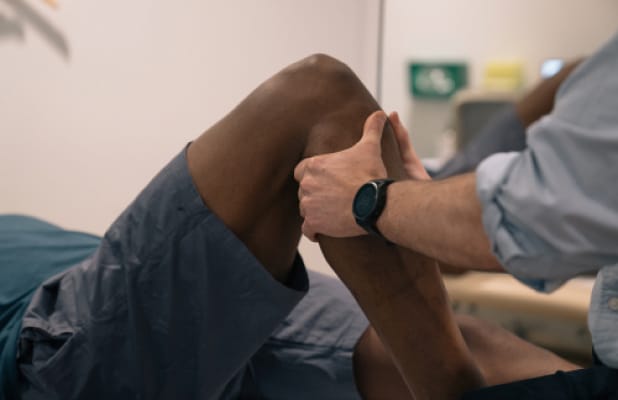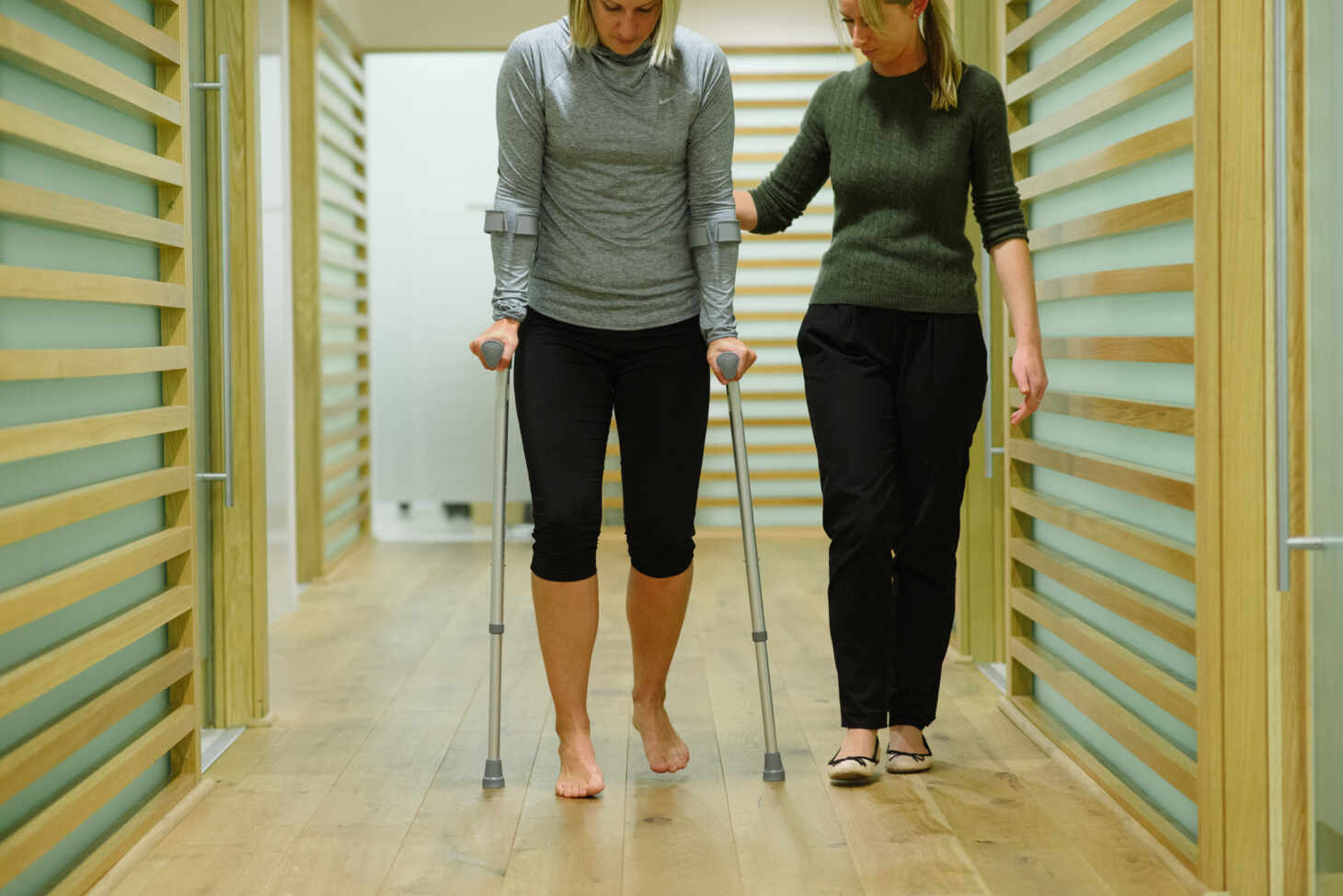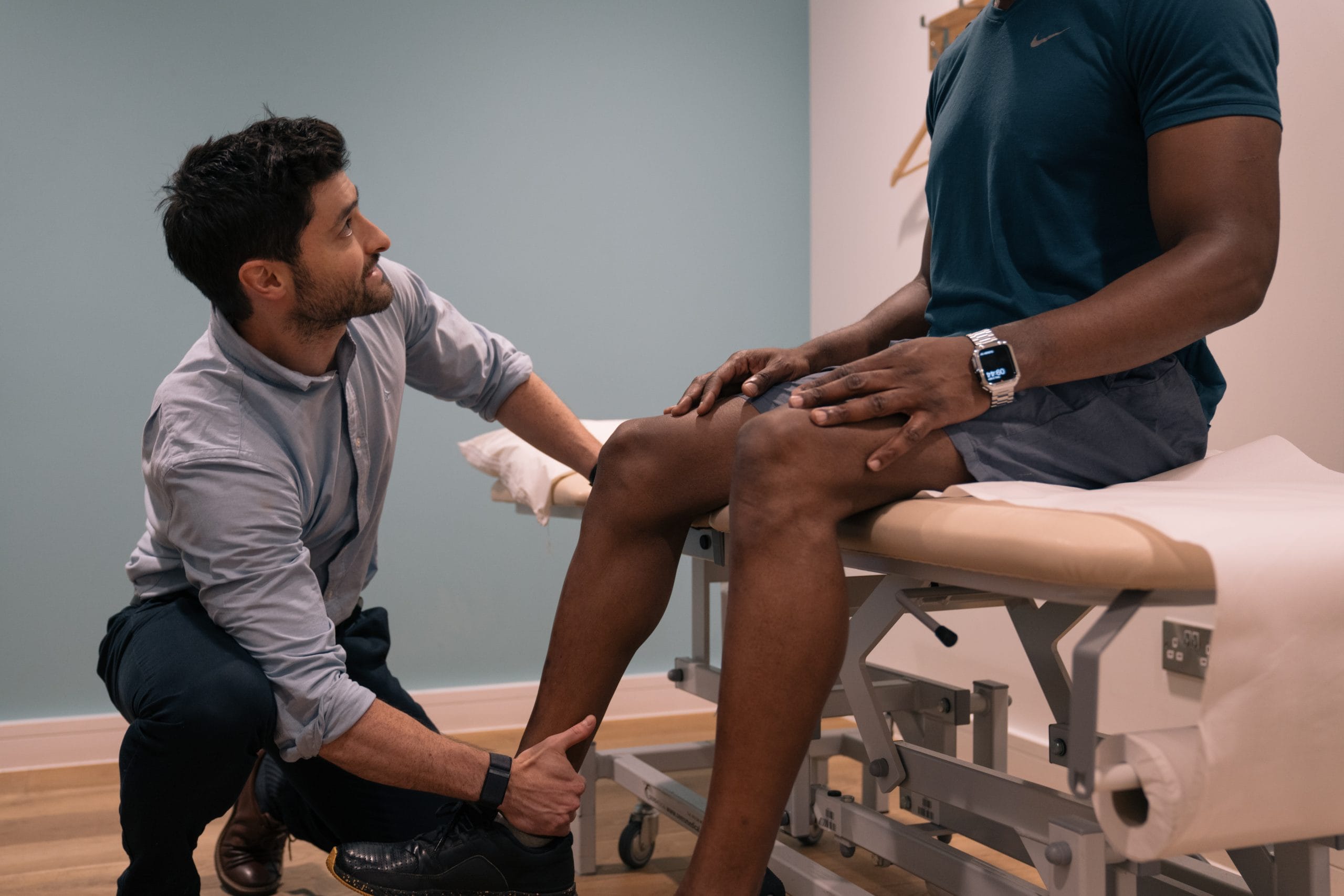Understanding and Treating Leg Stress Fractures

Dr Michael Burdon
Consultant in Sport, Exercise & Musculoskeletal Medicine
- 13 August, 2020
- Lower Limb
- Podiatry
- 2 min read
Understanding and Treating Leg Stress Fractures

After the recent easing of lockdown restrictions, I have been seeing an increasing number of patients in my clinics – both in person and by video consultation.
When the lockdown started many people, including myself, started to exercise more. Between having more available time and wanting to increase overall fitness, there was little reason not to. We know that lack of fitness can be a risk factor for Covid-19 illness severity, plus a whole array of more chronic health conditions. However, in some cases the extra exercise, along with other factors, can lead to bone injuries.
I have seen several patients with stress fractures recently, so in this blog I am going to expand on why these happen and how we can manage them.
Normally, bone is in a healthy balance with cells that break it down, and other cells that lay new bone. So in normal states our bone lives in a healthy equilibrium. A stress reaction in the bone can happen when this balance is disturbed, and this leads to a break in the lining of the bone which we call a stress fracture. Generally speaking this can happen in one of two situations. Firstly, the bone is healthy but the cumulative loading of the bone through exercise leads to injury. The other scenario is where our bone has less density, we may call this osteoporosis (or osteopenia as a milder loss of bone density). In such cases the bone can be injured with much less overall activity levels.
Stress fractures can occur in any bone but, with running as an example, we normally see in the shin bone (tibia), the foot (metatarsals) or even the hip (femoral/pelvic stress fracture). An MRI scan usually confirms the diagnosis.
Whatever the area affected the first decision is how to treat the specific injury.
It follows that if the injury is due to too much exercise then rest will usually allow the injury to improve. Therefore stopping running, and perhaps taking up cycling or swimming as an alternative, can be done to maintain fitness. For some foot injuries, as an example, if you are limping then we may need to supply an aircast boot and crutches to further protect the bone. As a general guide, a stress fracture may need between 6-12 weeks to heal overall.
If there is no clear history of excessive exercise and/or risk factors for bone health issues, then we would further investigate as needed. DEXA bone scan involves taking x-rays of your lower spine and hip, which allows us to compare your bone density with a normal population. This allows bone to be classified as normal, osteopenia or osteoporosis. Blood tests may also be taken to look at calcium and vitamin D levels.
Treatment may be needed, including dietary advice if relevant, to ensure adequate calories are being ingested plus an overall assessment of whole health is performed, including menstrual health in females, as we know that this is closely linked to bone health.

Advice
Over the last 20+ years our experts have helped more than 100,000 patients, but we don’t stop there. We also like to share our knowledge and insight to help people lead healthier lives, and here you will find our extensive library of advice on a variety of topics to help you do the same.
OUR ADVICE HUBS See all Advice Hubs

